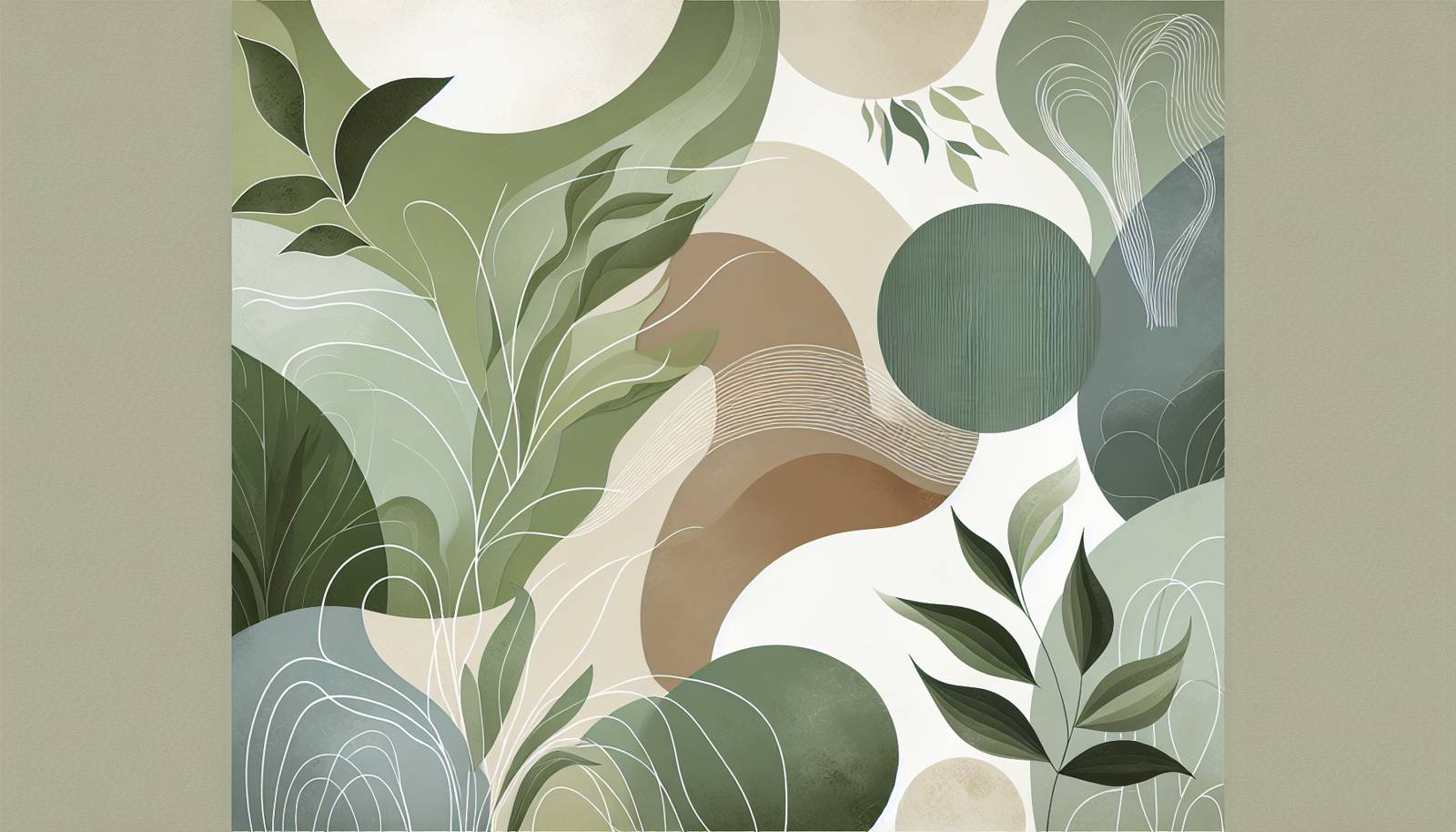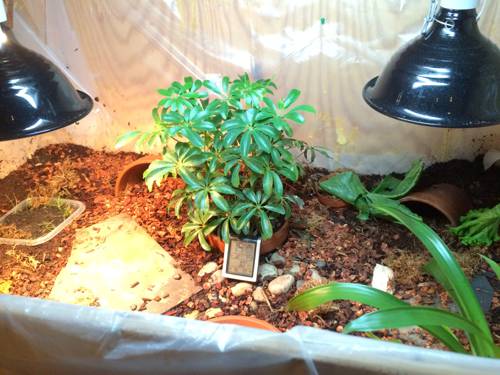
FAQ About Indoor Plant Habitat Simulation Methods

What is indoor plant habitat simulation?
Indoor plant habitat simulation refers to the methods and techniques used to mimic the natural conditions of a plant's native environment inside a home or building. This includes controlling factors such as temperature, humidity, light, soil composition, and airflow to create an ideal setting for the plant's growth and health.

Why is habitat simulation important for indoor plants?
Habitat simulation is crucial for indoor plants, especially exotic or delicate species, because it helps them thrive in conditions similar to their native habitat. Many indoor environments lack the natural factors these plants require, such as proper humidity and light levels. By simulating these conditions, plants can experience better growth, reduced stress, and increased resistance to pests and diseases.

How can temperature be regulated in an indoor plant habitat?
Temperature can be regulated using a combination of technologies such as warmers or coolers and digital thermostats. These devices can be programmed to maintain a consistent temperature that matches the plant's native climate. Additionally, placing plants away from drafts or heat sources can also help maintain stable conditions.

What role does light play in indoor plant habitat simulation?
Light plays a crucial role in plant growth and development. For indoor plants, simulating natural light can involve using artificial grow lights that provide a spectrum similar to sunlight. Positioning plants near windows where they can benefit from natural sunlight is also effective. Proper light conditions help support photosynthesis, leading to healthier and more vigorous plant growth.

How can humidity be controlled for indoor plants?
Humidity can be controlled through various methods such as using humidifiers to add moisture to the air or by placing water trays near plants to increase ambient humidity. Pebble trays, where pots are placed on pebbles in water, or grouping plants together can also help in creating a more humid environment similar to their natural habitat.

What are some common mistakes in simulating indoor plant habitats?
Common mistakes include providing incorrect lighting (too much or too little), overwatering or underwatering, and not properly adjusting humidity and temperature. It's crucial to research the specific needs of each plant species, as different plants require different conditions.

Can soil composition affect indoor plant habitat simulation?
Yes, soil composition plays a significant role in plant health. Simulating natural habitats involves using the appropriate soil mix that mimics the plant's native environment. For example, cacti require well-draining soil, while tropical plants might need a richer, more moisture-retentive mix.

How can airflow be improved for indoor plants?
Airflow is important for preventing mold and pest infestations. This can be enhanced by strategically placing fans around plants to encourage gentle air circulation, avoiding stagnant air pockets. Ensuring that plants are not crowded also allows for better air movement.

Are there specific tools or devices for habitat simulation?
Yes, there are various tools designed for habitat simulation, including grow lights, heaters, humidifiers, and monitoring devices that track temperature, light, and humidity levels. These tools help provide precise control over the environmental factors affecting plant growth.

How do you simulate a desert habitat for indoor plants?
Simulating a desert habitat involves ensuring high levels of light, using sandy or rocky soil for good drainage, and maintaining low humidity levels. Heat can be provided with grow lights or specific heating pads, and watering should be infrequent to mimic arid conditions.

What challenges arise in simulating a tropical environment indoors?
Creating a tropical environment can be challenging due to the need for high humidity and consistent warmth. Challenges include maintaining adequate humidity without promoting mold, providing enough but not excessive light, and ensuring temperature levels remain stable.

Can seasonal changes be simulated indoors for plants?
Yes, seasonal changes can be simulated by adjusting the temperature, light duration, and humidity to mimic the seasons of the plant’s native habitat. This can be beneficial for plants that require dormancy periods or specific triggers for flowering.

What's the importance of light spectrum in habitat simulation?
The light spectrum is crucial for indoor plant habitat simulation, as different wavelengths of light support various stages of plant growth. Blue light promotes leaf growth, while red light is essential for flowering and fruiting. Using full-spectrum grow lights can help provide the necessary wavelengths.

How can I determine the right conditions for my indoor plant?
Identifying the right conditions involves researching the plant species' natural habitat and specific growth requirements. This information can guide adjustments in light, temperature, humidity, and soil composition, helping to provide an optimal indoor environment.

What are some signs that an indoor plant is not thriving in its simulated habitat?
Signs that a plant is not thriving include yellowing leaves, stunted growth, leaf drop, or wilting. These symptoms can indicate issues with light, water, humidity, or nutrients, necessitating adjustments to the environmental conditions.

How do I balance artificial and natural light for my indoor plants?
Balancing artificial and natural light involves understanding the specific light needs of each plant species. For plants requiring high light levels, place them near windows with supplemental grow lights. For low-light plants, indirect natural light might suffice, with artificial light used sparingly.

What techniques can be used for water management in indoor plant habitats?
Water management can include determining the appropriate frequency and amount of watering based on the plant species. Using pots with drainage holes, monitoring soil moisture levels, and implementing self-watering systems can help maintain optimal moisture conditions.

How does altitude simulation affect indoor plants?
Simulating altitude, such as high altitude conditions, might involve creating cooler temperatures and adjusting light intensity to simulate the thinner atmosphere. While less common indoors, these conditions can be important for certain alpine species to reflect their natural high-altitude habitats.

Are there apps or software to assist with indoor habitat simulation?
Yes, there are several apps and software tools available that can help manage and monitor indoor plant environments. These tools can track light levels, humidity, and temperature, providing alerts for necessary adjustments, making it easier to maintain optimal growing conditions.

Is it possible to simulate rainforest conditions inside a home?
Simulating rainforest conditions involves maintaining high humidity, consistent warmth, and abundant indirect light. This can be achieved by using humidifiers, keeping temperatures warm, and ensuring light levels are sufficient without direct sunlight. Grouping plants can also help create a microenvironment similar to a rainforest.
